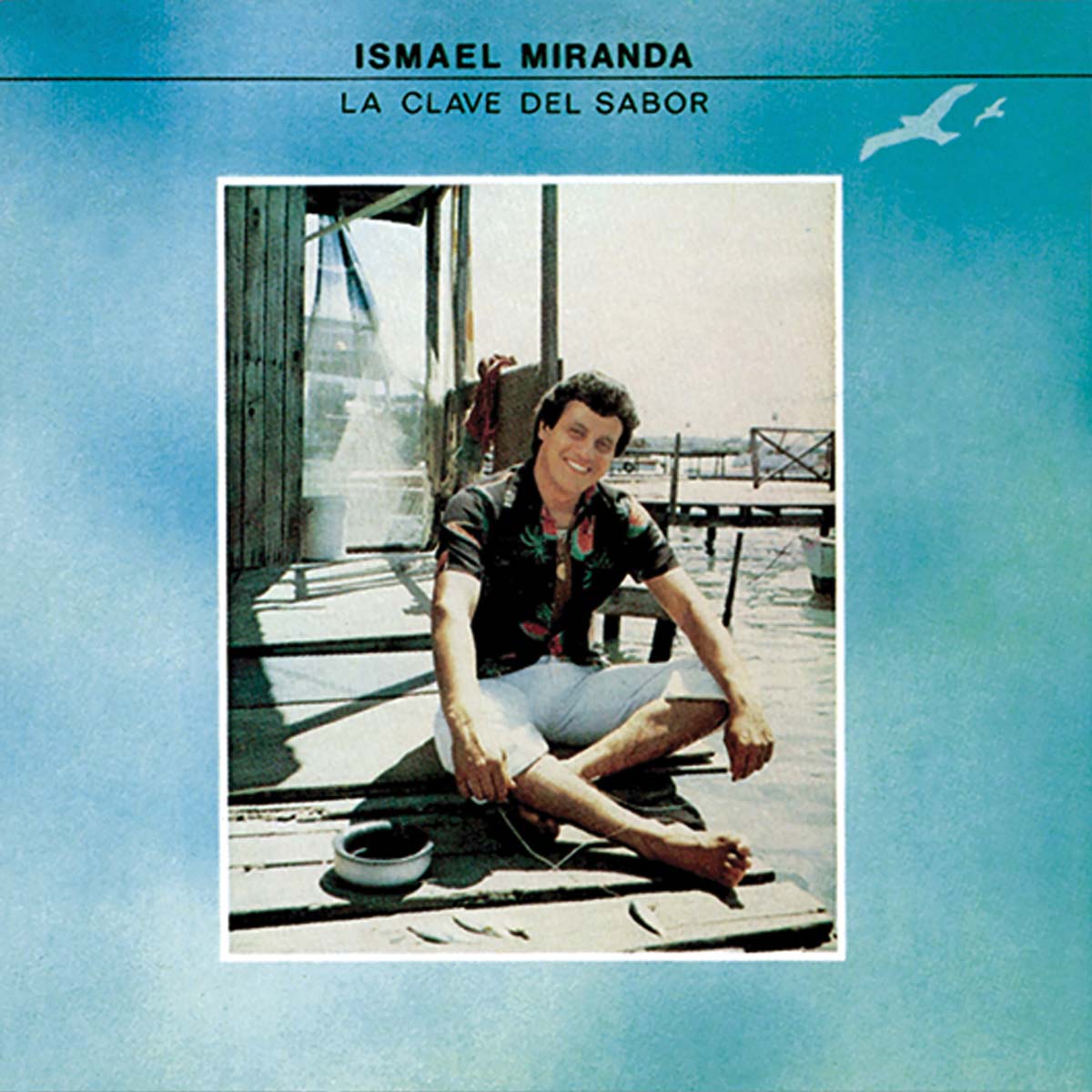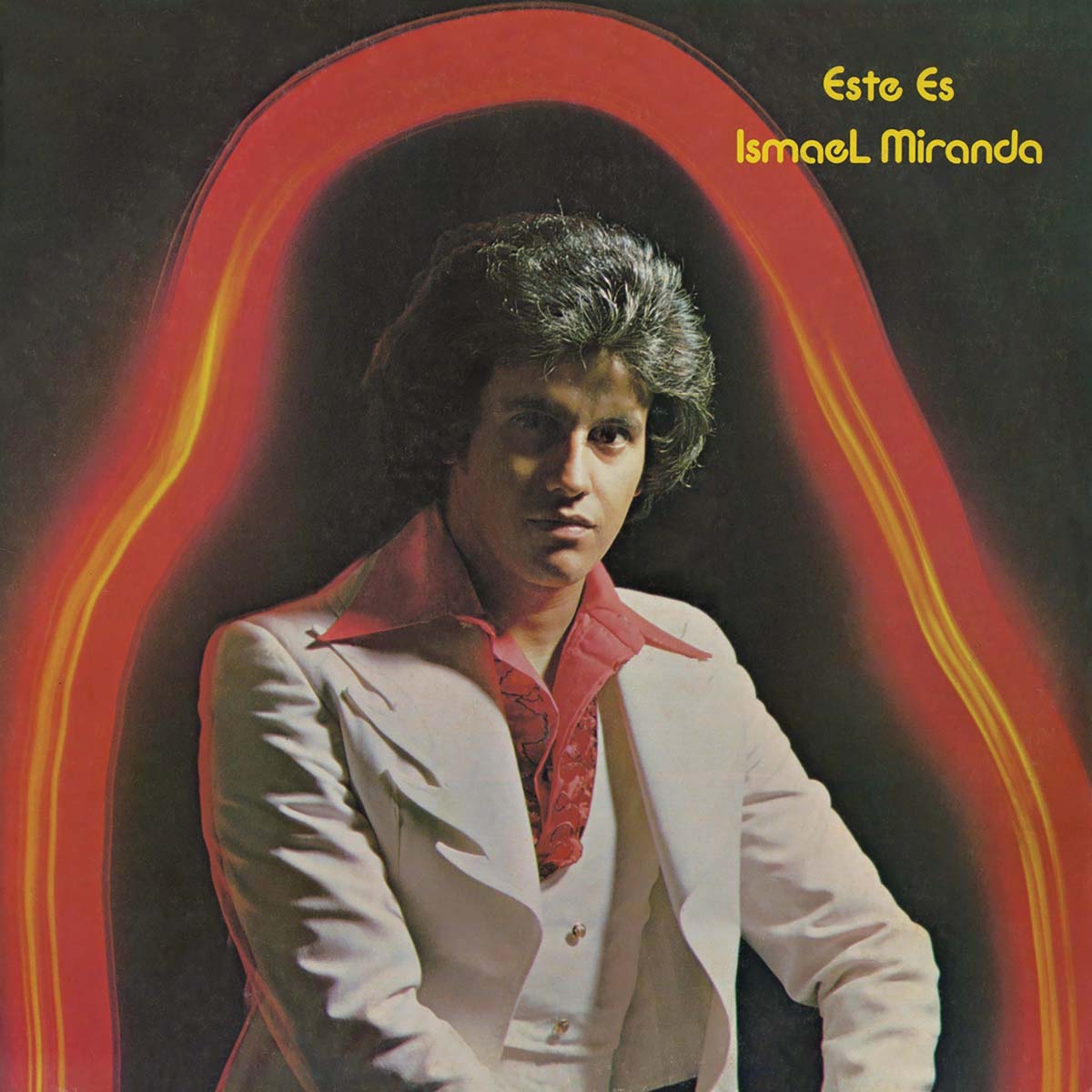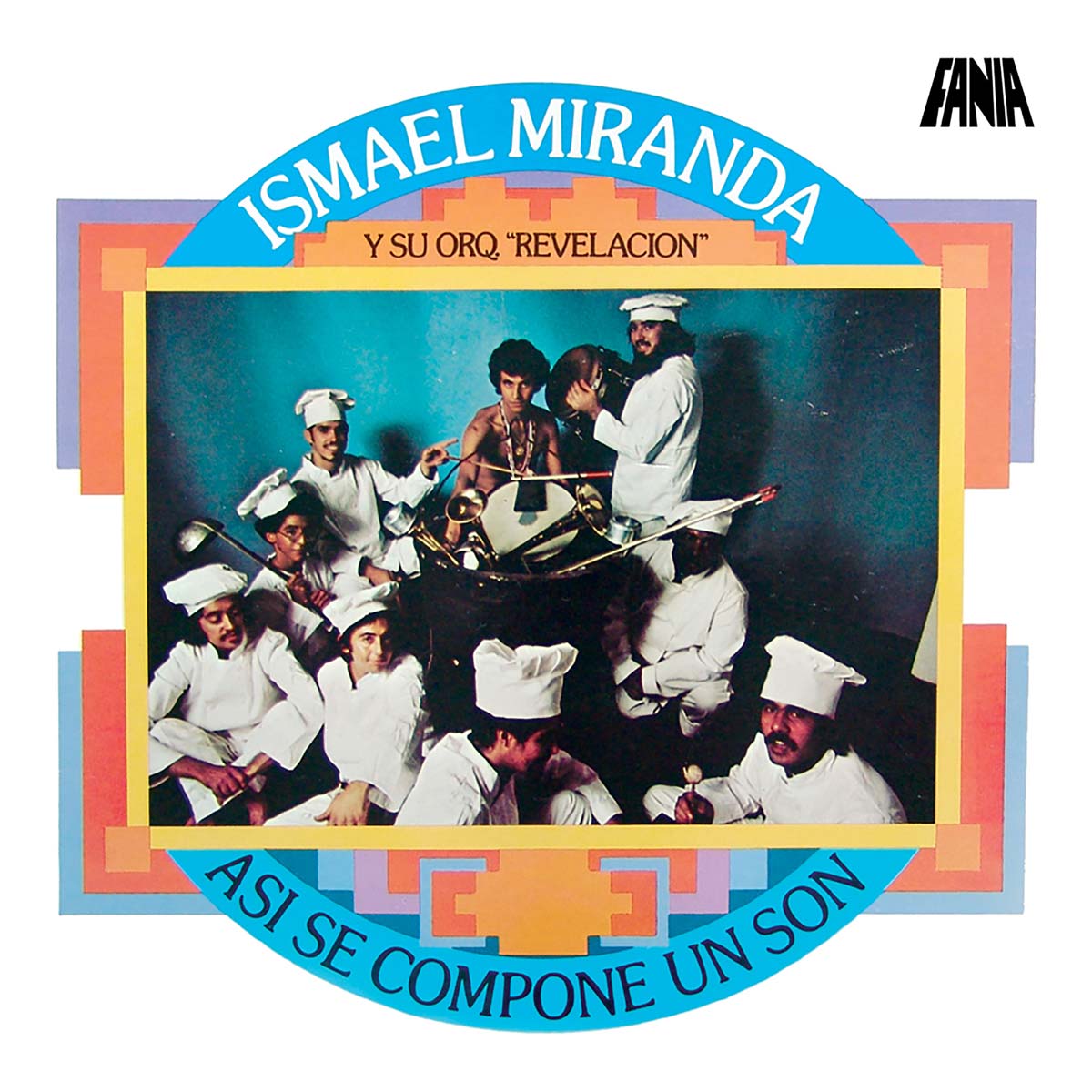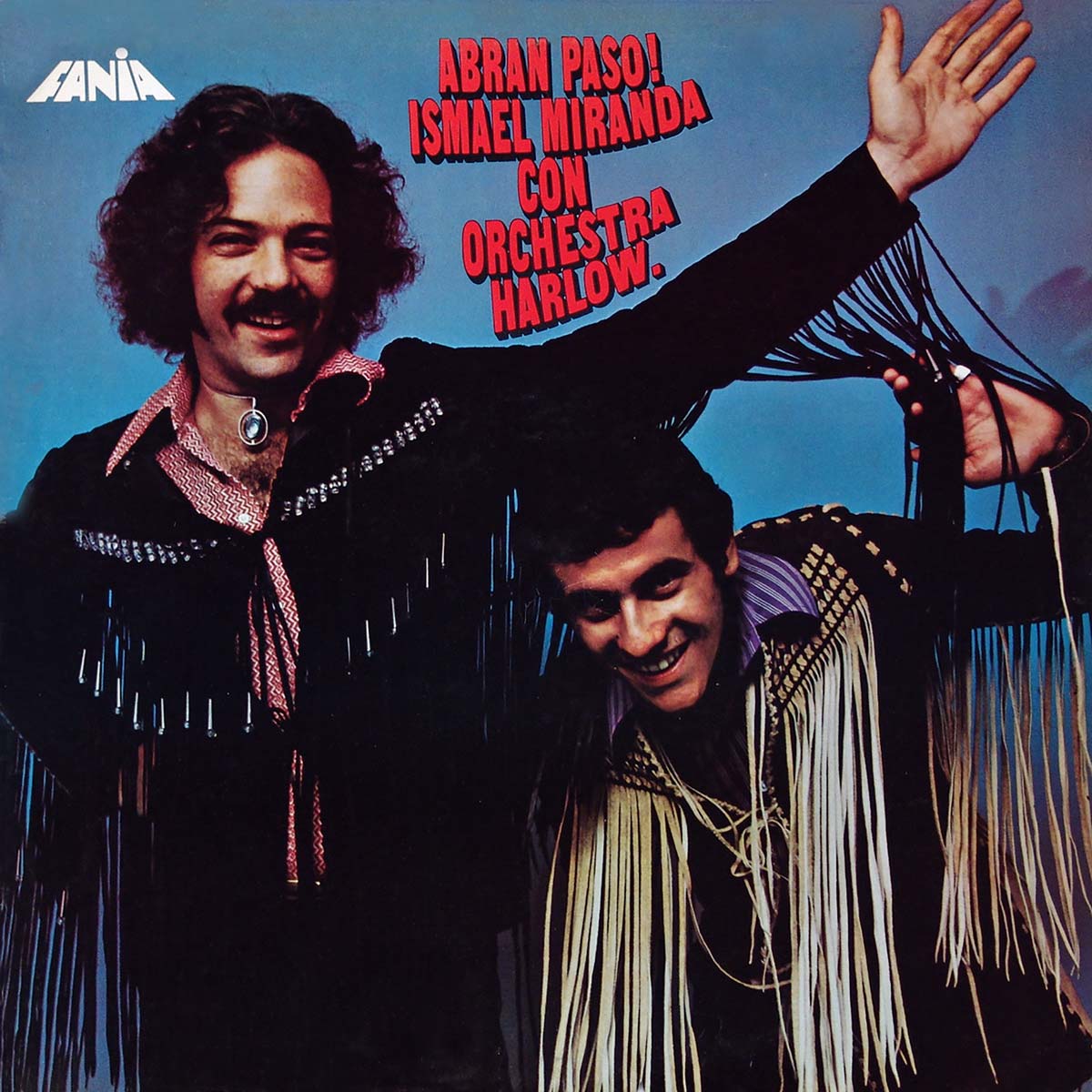
Ismael Miranda is undoubtedly one of the most important figures in the salsa idiom. Considered a hero in his hometown of Aguada, Puerto Rico, Ismael has – in less than four decades – solidified his position as one of the best composers, soneros and singers of Afro-Antillean music.
He first recorded with timbalero Joey Pastrana’s orchestra and that year (1967) he also joined Orchestra Harlow, launching a brilliant career that made the singer a favorite of salsa fans in Puerto Rico, New York and elsewhere around the world. As a solo artist, Miranda’s career has been equally stellar. He is still remembered as Niño Bonito de la Salsa ¬¬(the Handsome Salsa Singer) and has recorded more than 50 albums.
In the 90s, he was a pivotal force in revitalizing the antillano bolero style. Today, he is considered one of the luminaries of salsa music on a global level. Beginnings Music ran strong in the in Miranda’s veins since a young age. When he was 4, his parents immigrated to New York, and in his teens, Miranda began to realize his biggest dream – to become a famous singer. During his childhood in the barrio of Monopo in Aguada, Puerto Rico, he entertained himself with found trinkets, tin-can toy cars, and makeshift airplanes. When he arrived in New York, he immediately immersed himself in the music scene.
At Jefferson Theater, the young Miranda sold peanuts, popcorn, sweet rolls, and refreshments. There, he saw many of his heroes, such as Pellín Rodríguez, Cortijo and the comedian Machuchal. After breaking into the music industry Miranda had his first hit with Rumbón Melón from Joey Pastrana’s Lets Ball LP on Cotique Records. Ismael sang with Andy Harlow’s band and later moved onto Pastrana’s. “I had a great time with Joey,” the singer recalls during a recent interview. “I spent six great months with his group; we were like brothers. It was difficult to break away from Joey, but with Larry’s group, I saw the opportunity to explore soneo and typical Cuban music. That’s where I really wanted to be.” Meeting Larry Harlow The young Miranda attended an audition for Larry Harlow wherein the sonero mayor Ismael Rivera, was also present; he suggested Harlow hire the “rookie” because he’d have less problems that way.
Miranda formally joined Orchestra Harlow, becoming the fourth singer in the group, after Felo Brito, Monguito El Unico, Vickie y and Harlow himself. This was the vocal group featured in the releases Heavy Smokin and Bajándote. The Miranda-enhanced Orchestra Harlow began taking top billing spots alongside popular orchestras of the time, led by Pete “King of Boogaloo” Rodríguez, Richie Ray & Bobby Cruz, Joe Cuba, Ray Barretto, and Willie Colón featuring Héctor Lavoe. With Harlow, Miranda recorded El Exigente, Presenta a Ismael Miranda, Me And My Monkey, Electric Harlow, Abran Paso, Tributo a Arsenio Rodriguez, Oportunidad and later – in 1976 – Con Mi Viejo Amigo. Miranda perfected his delivery and style over the course of these releases and eventually became highly regarded as one of the great voices of salsa. Fania All Star and Salsa Icon Miranda recorded with Tito Puente, Impacto Crea, Willie Colón, Sonora Matancera, Descarga Boricua, Latin Legends, and Sonora Ponceña, as well as with other singers including José Nogueras, Nano Cabrera, Junior González y Andy Montañez.
By virtue of his talents, he also became a member of the Fania All Stars, performing with the group in high-profile concerts at the Red Garter, The Cheetah and Yankee Stadium. Miranda will always be remembered as a stylish ambassador of salsa. He always wore the latest fashions, and stayed true to his nickname – Niño Bonito – with his great taste, tidy professional image and impeccable attire. The Singer/Songwriter Miranda also established himself as a great composer, by contributing songs to Orchestra Harlow. His songwriting became more prominent with the launch of his own Orchestra Revelación (established in 1973) and on contributions to other artists’ albums where he was a featured singer. His most well-known song is Pa’ Bravo Yo, made popular by sonero matancero Justo Betancourt. The song was also recorded by Bobby Rodriguez’s group, among other notable bands of the time.
Miranda has excelled in traditional Cuban, as well as Puerto Rican, song structure. He is considered one of the great Puerto Rican interpreters of the son montuno and guajira music of Cuba and is one of the most well-versed and revered salsa singers. This collection is a great example of the undeniable mark that Miranda has left on the genre and certainly does great justice to him as a songwriter, with his songs “Que Rico Suena Mi Tambor,” recorded with the Fania All Stars at Yankee Stadium, as well as “Borinquen Tiene Montuno”, “Ahora Sí”, “Ten Fe” and “Recordando”, wherein a plena and guaguanco rhythm invites the listener, three decades later, to unite with his fellow man and save the world from violence with love and solidarity.
Written by Jaime Torres Torres









